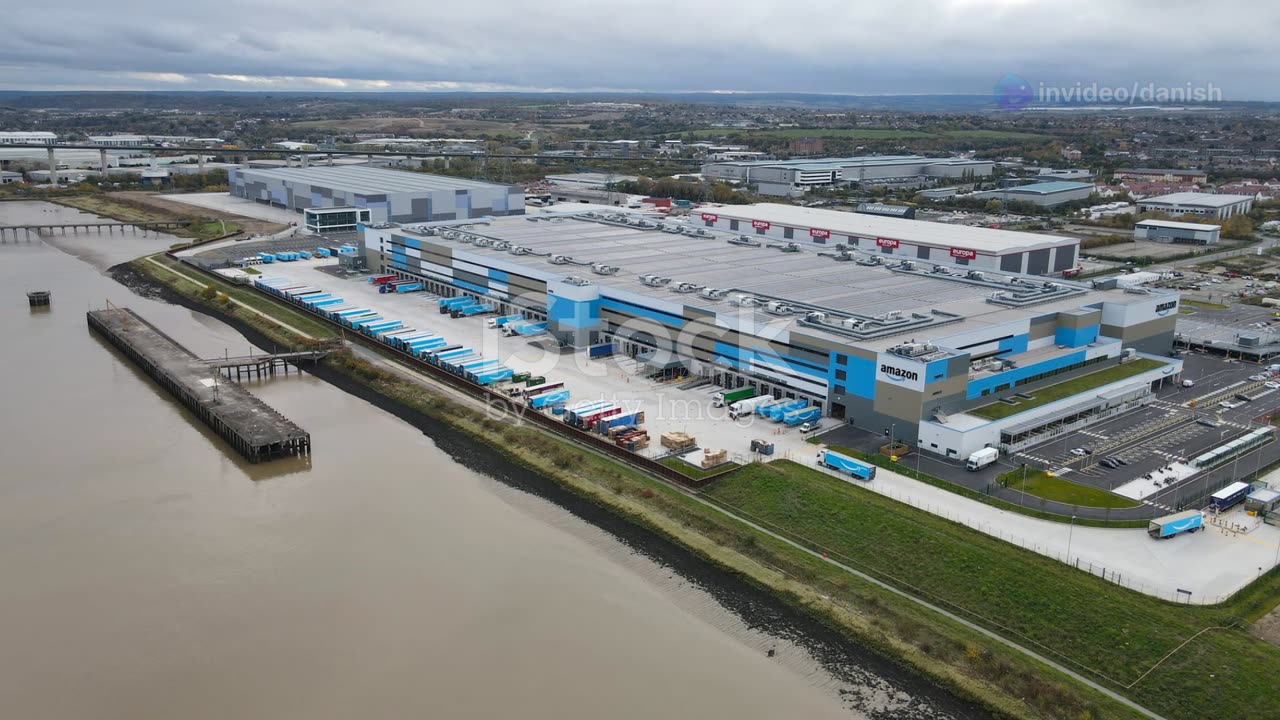Premium Only Content

To achieve a $60 billion export target, the Prime Minister (PM) will need a comprehensive and multi-faceted strategy that addresses key areas such as trade policy, industry competitiveness, market diversification, and infrastructure development. Below is a strategic framework that can be tailored to the specific context of the country:
1. Strengthen Trade Policy and Institutional Support
Streamline Trade Regulations: Simplify export procedures, reduce bureaucratic hurdles, and digitize customs processes to make exporting easier for businesses.
Incentivize Exporters: Provide tax rebates, duty drawbacks, and subsidies to exporters, especially for high-potential sectors.
Establish Export Promotion Agencies: Create or strengthen dedicated agencies to support exporters with market research, trade fairs, and buyer-seller meets.
Free Trade Agreements (FTAs): Negotiate and finalize FTAs with key trading partners to reduce tariffs and non-tariff barriers.
2. Focus on High-Potential Sectors
Identify Key Sectors: Prioritize sectors with high export potential, such as:
Manufacturing (e.g., textiles, electronics, automotive)
Agriculture and processed foods
Pharmaceuticals and healthcare products
IT services and software
Renewable energy technologies
Value Addition: Encourage industries to move up the value chain by exporting finished goods rather than raw materials.
Quality Standards: Ensure products meet international quality and safety standards to access premium markets.
3. Market Diversification
Explore New Markets: Reduce dependency on traditional markets by targeting emerging economies in Africa, Southeast Asia, and Latin America.
Leverage Regional Trade Blocs: Strengthen trade ties within regional blocs (e.g., ASEAN, EU, African Continental Free Trade Area).
Diplomatic Outreach: Use diplomatic channels to promote exports and resolve trade disputes.
4. Enhance Competitiveness
Improve Ease of Doing Business: Reduce red tape, improve infrastructure, and ensure reliable access to utilities (electricity, water, etc.).
Skilled Workforce: Invest in vocational training and education to create a skilled workforce for export-oriented industries.
Technology Adoption: Promote the adoption of advanced technologies (e.g., automation, AI) to improve productivity and reduce costs.
5. Infrastructure Development
Logistics and Connectivity: Invest in ports, roads, railways, and airports to reduce transportation costs and improve delivery times.
Special Economic Zones (SEZs): Develop SEZs with world-class infrastructure to attract foreign investment and boost exports.
Digital Infrastructure: Ensure robust digital infrastructure to support e-commerce and IT-enabled services.
6. Promote Branding and Marketing
Country Branding: Develop a strong national brand to promote "Made in [Country]" products globally.
Trade Fairs and Exhibitions: Participate in international trade fairs to showcase products and services.
E-commerce Platforms: Leverage global e-commerce platforms (e.g., Amazon, Alibaba) to reach international customers.
7. Financial Support for Exporters
Export Financing: Provide low-interest loans and credit guarantees to exporters.
Currency Stability: Ensure a stable exchange rate to reduce risks for exporters.
Insurance: Offer export credit insurance to protect against non-payment risks.
8. Monitor and Evaluate Progress
Set Milestones: Break down the $60 billion target into annual or quarterly milestones.
Data-Driven Approach: Use real-time data to track progress and identify bottlenecks.
Feedback Mechanism: Regularly consult with industry stakeholders to refine strategies.
9. Public-Private Partnerships (PPPs)
Collaborate with Industry: Work closely with industry associations and chambers of commerce to align strategies with private sector needs.
Joint Ventures: Encourage joint ventures between local and foreign companies to boost exports.
10. Sustainability and Green Exports
Promote Green Products: Focus on exporting environmentally friendly products and technologies.
Comply with Global Standards: Ensure compliance with international environmental and labor standards to avoid trade barriers.
Implementation Timeline
Short-Term (0-12 months): Focus on quick wins like simplifying export procedures, launching marketing campaigns, and securing FTAs.
Medium-Term (1-3 years): Invest in infrastructure, skill development, and sector-specific initiatives.
Long-Term (3-5 years): Build a sustainable export ecosystem with a focus on innovation, branding, and global competitiveness.
By adopting this strategy, the PM can create a robust framework to achieve the $60 billion export target, driving economic growth and creating jobs. Regular monitoring and adaptability will be key to ensuring success.
-
 5:49:04
5:49:04
StevieTLIVE
6 hours ago#1 Kar98 Warzone POV Monday MOTIVATION
18.3K1 -
 4:45:45
4:45:45
a12cat34dog
6 hours agoTHE *NEW* SILENT HILL :: SILENT HILL f :: IS IT GOOD!? {18+}
16K3 -
 1:00:21
1:00:21
Akademiks
4 hours agonba youngboy live show.
47.6K2 -
 2:51:15
2:51:15
The Quartering
4 hours agoThey Just Stopped Another Attack, Trump Defeats Youtube, Hasan PIker Meltdown & More
62.1K42 -
 2:03:20
2:03:20
megimu32
4 hours agoOn The Subject: Football Movies of the 90s & 2000s
13.2K3 -
 2:55:20
2:55:20
Technically Mexican
4 hours agoI Play Hollow Knight: SILKSONG! #18
7.88K -
 3:12:55
3:12:55
SlingerGames
3 hours agoMega Monday | Skate and More
5.4K -
 8:54:37
8:54:37
Dr Disrespect
13 hours ago🔴LIVE - DR DISRESPECT - BABY STEPS - TO THE TIPPITY TOP
198K19 -
 LIVE
LIVE
Drew Hernandez
10 hours agoTRUMP'S NEW GAZA PEACE PLAN & NETANYAHU LAUNCHES NEW SOCIAL MEDIA OP
674 watching -
 1:16:32
1:16:32
FreshandFit
11 hours agoMoney Monday Call-In Show w/ Steve From Accounting
24.4K3